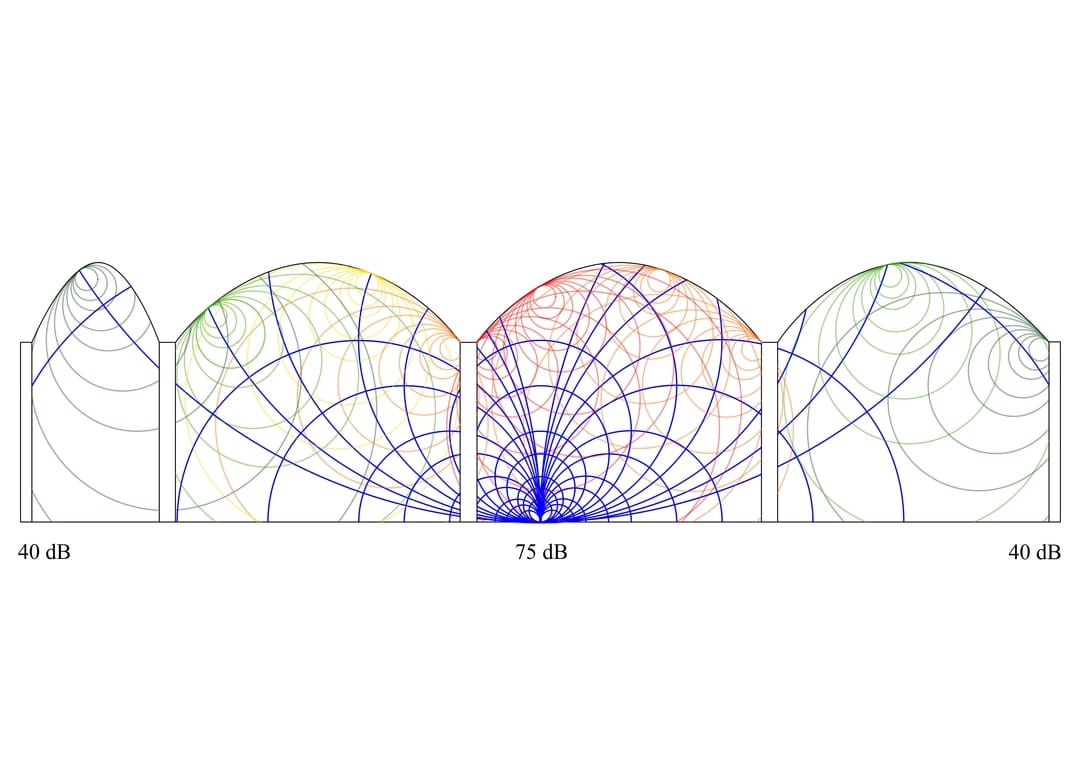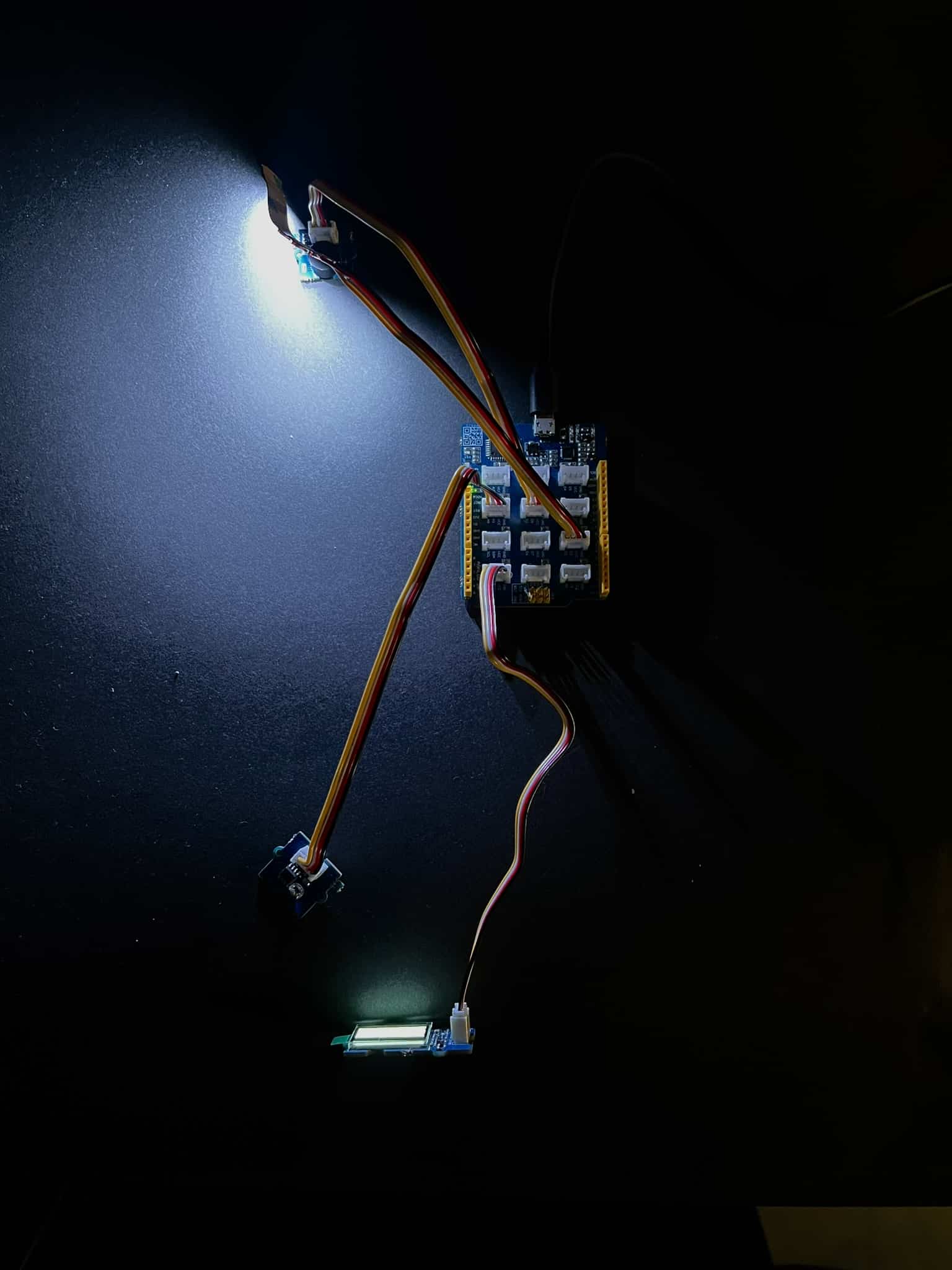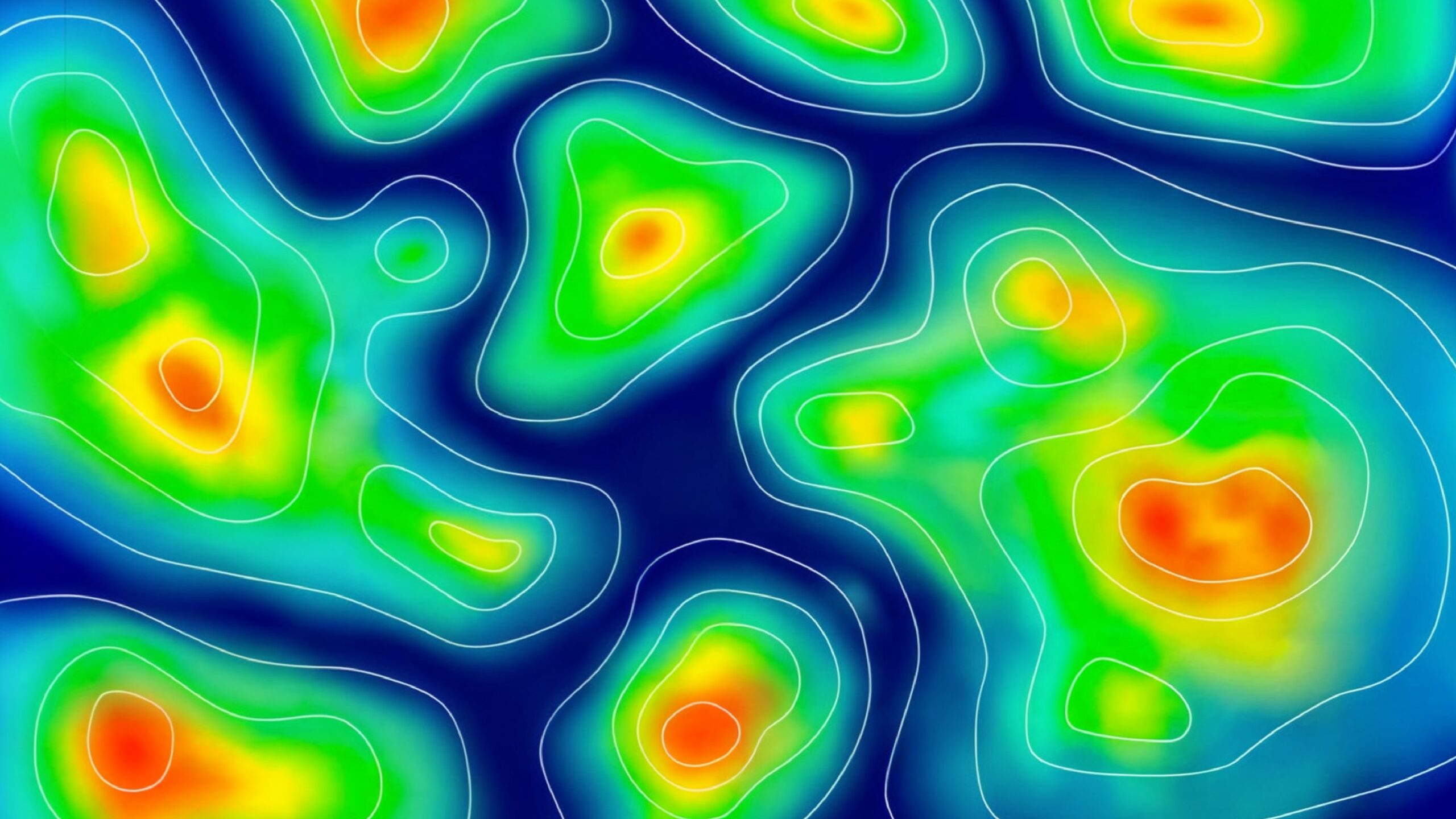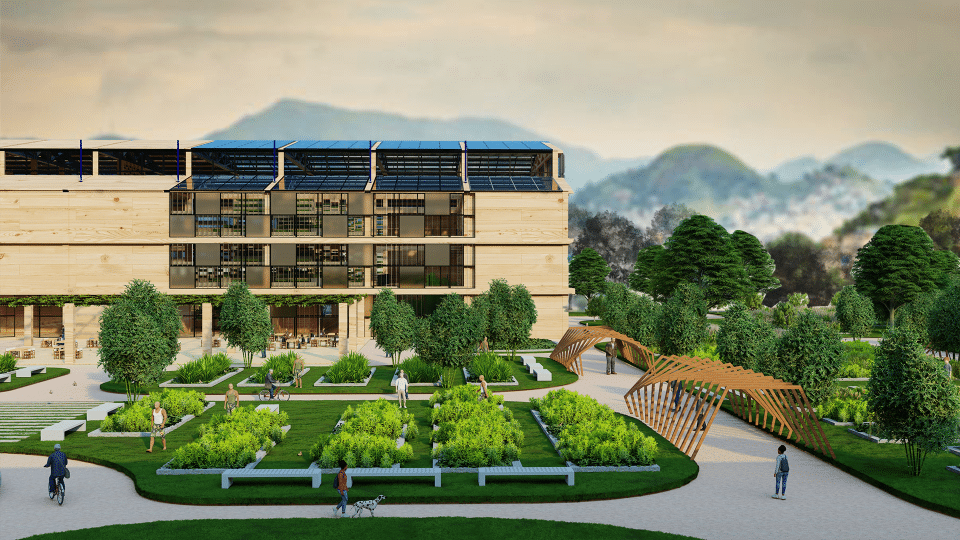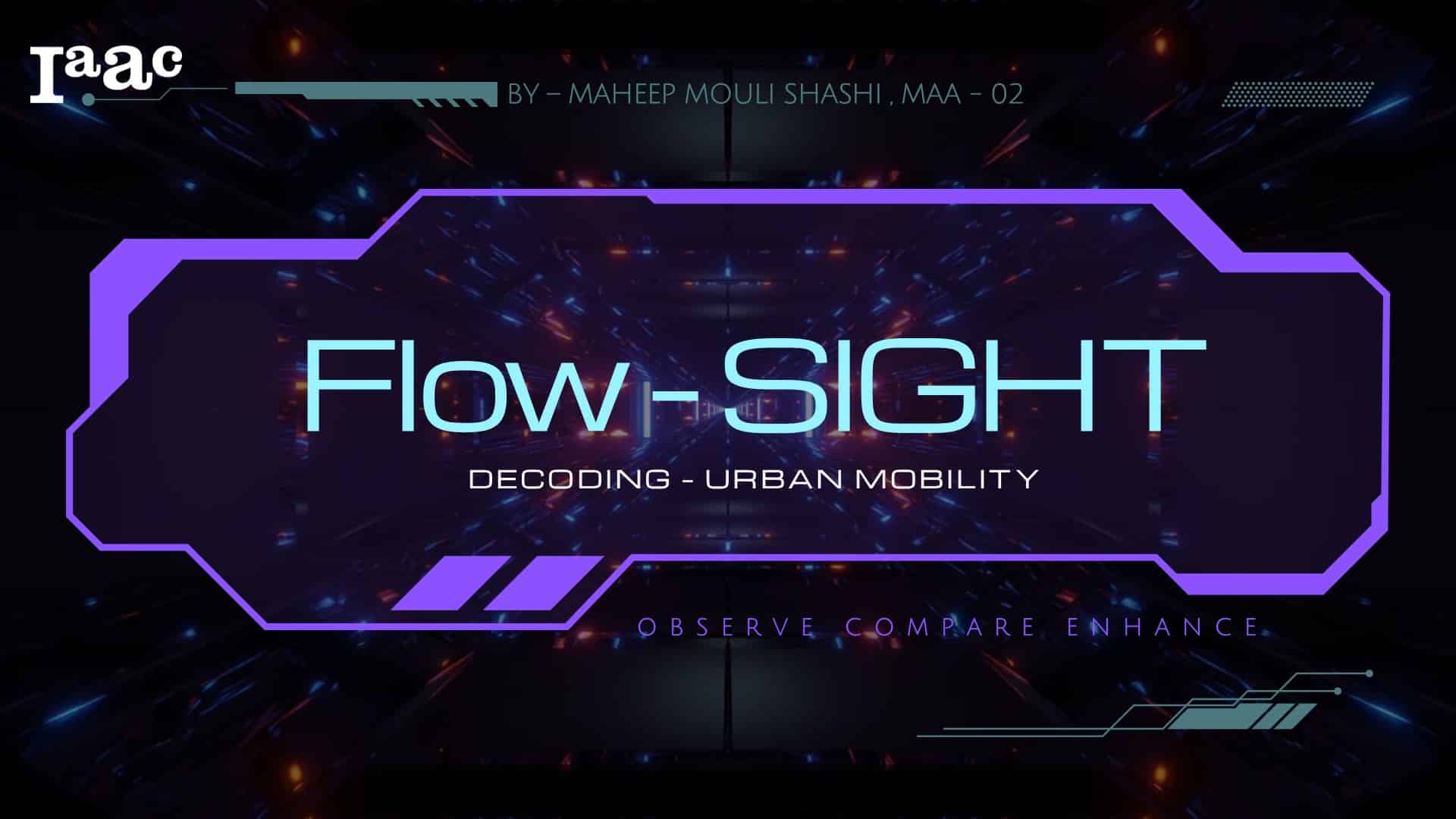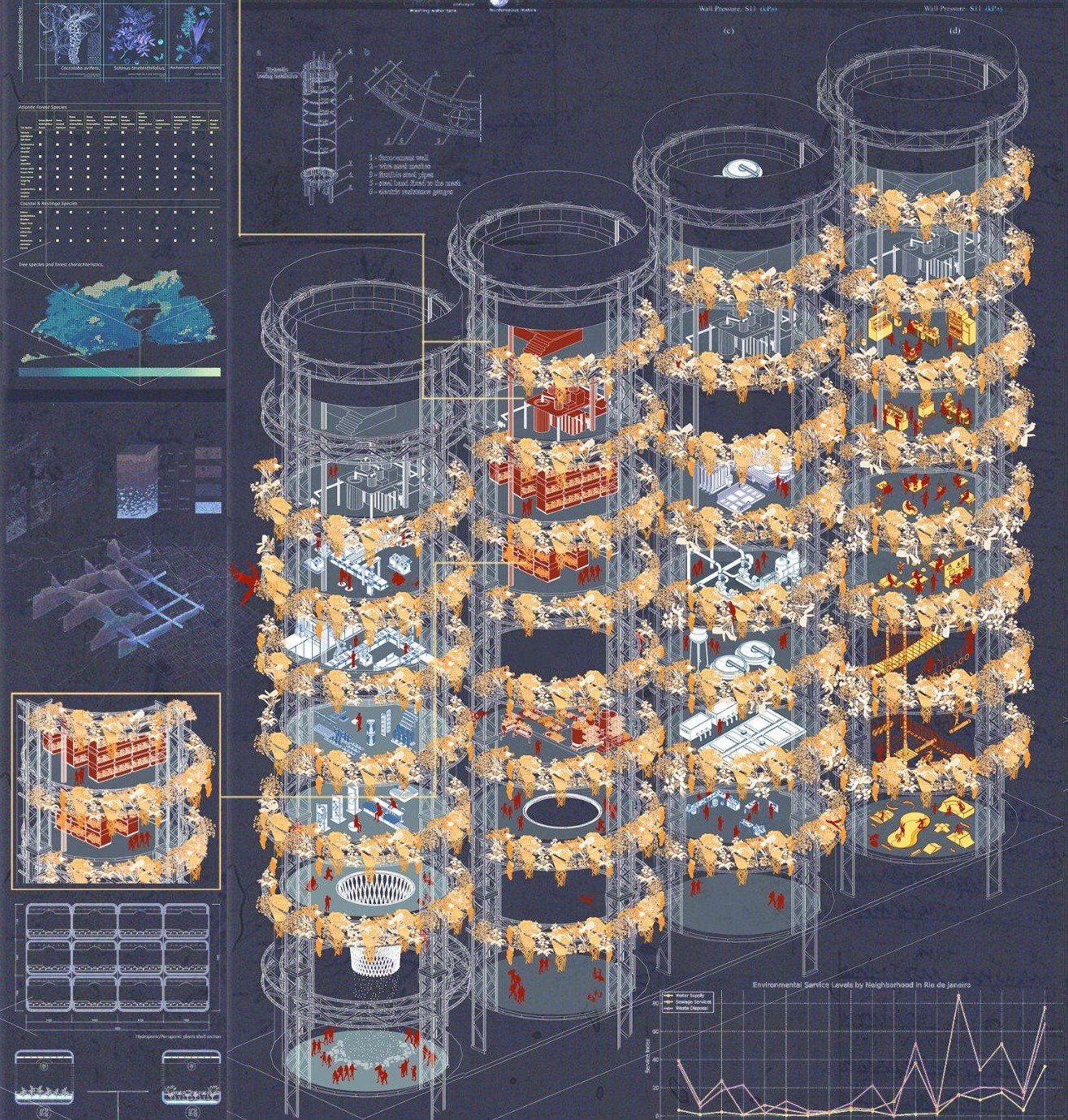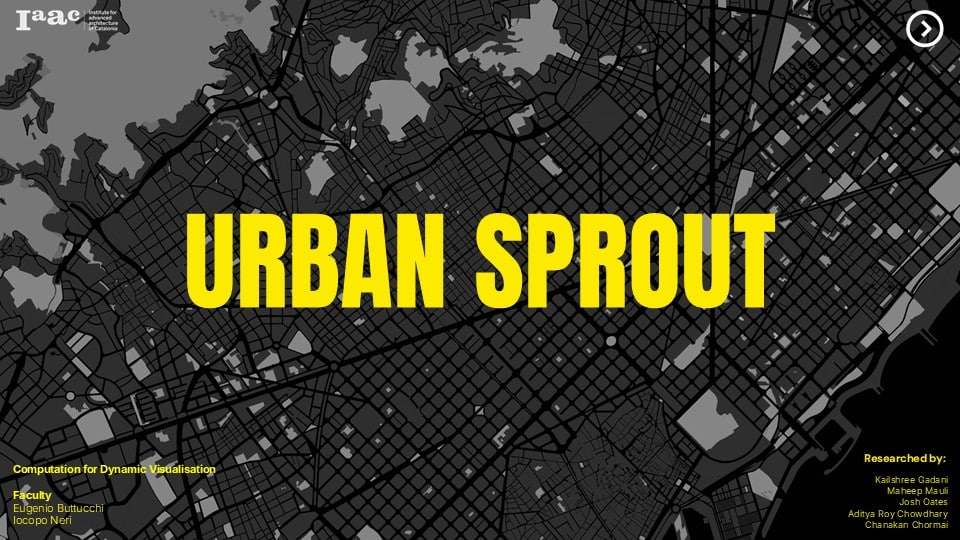Voices from the basement
Acoustic is the field of physics studying the mechanics of waves such as vibrations, sounds, ultra- and infra-sounds. Room acoustic is a sub-branch focusing on the behavior of sound in a room. The following diagrams showcase the acoustic reflection from the ceiling of the Valldaura lab basement. In both drawings, the initial sound is initialized … Read more

